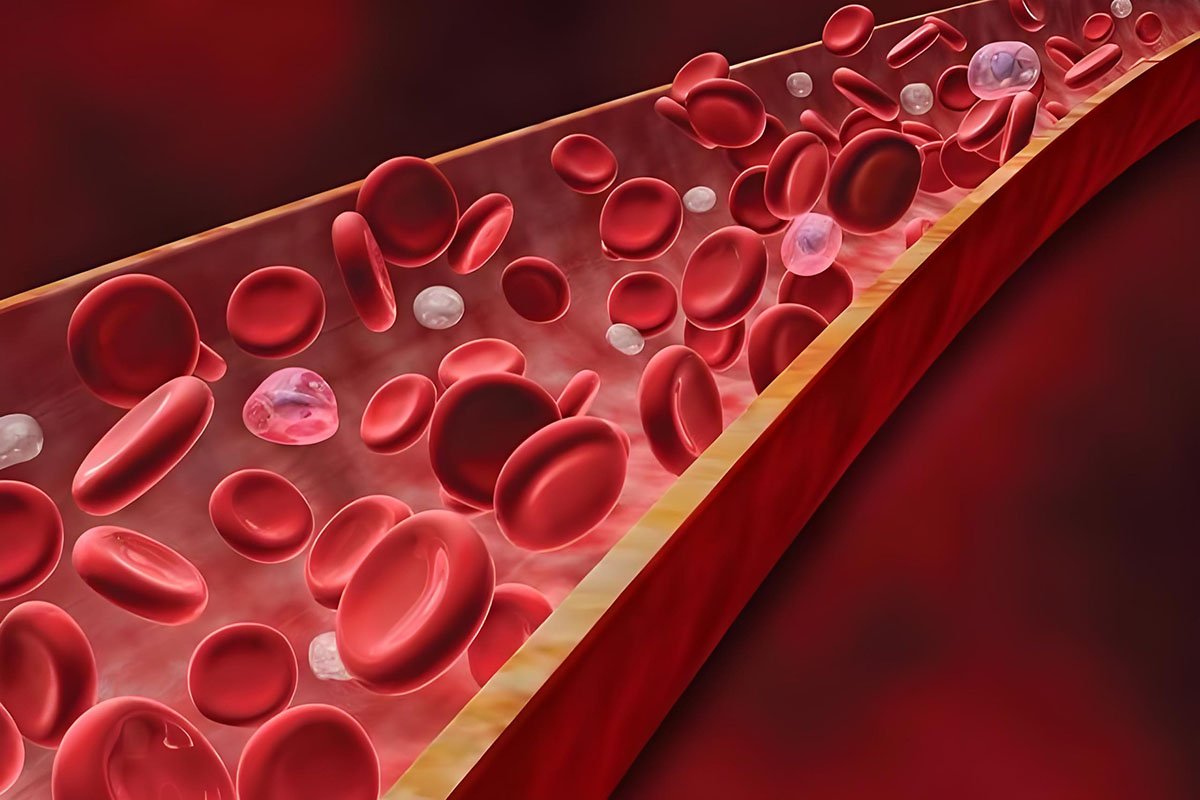Blood vessels are like the traffic arteries of the human body, responsible for transporting oxygen and nutrients to all tissues and organs of the body. Oxygen plays an important role in maintaining the health of blood vessels. When there is sufficient oxygen in the blood vessels, the vascular endothelial cells can normally exert their physiological functions. Vascular endothelial cells are like the “guardians” of the inner wall of blood vessels. They can secrete substances such as nitric oxide to keep the blood vessels in a dilated state and maintain the elasticity and permeability of the blood vessels. Nitric oxide is an important vasodilator. It can activate guanylate cyclase in vascular smooth muscle cells, increase the concentration of cyclic guanosine monophosphate in cells, and thus cause the relaxation of vascular smooth muscle and a decrease in blood pressure. In addition, vascular endothelial cells can also secrete a variety of cytokines to regulate the growth, repair, and inflammatory response of blood vessels.
If there is insufficient oxygen in the blood vessels, the viscosity of the blood will increase, and platelets are prone to aggregation, which lays hidden dangers for vascular diseases such as atherosclerosis and thrombosis. A long – term hypoxic state will lead to damage to vascular endothelial cells, the release of a series of inflammatory factors, the initiation of an inflammatory response in the blood vessel wall, and the deposition of lipids on the blood vessel wall, forming atherosclerotic plaques. For people with “three highs” (hypertension, hyperlipidemia, and hyperglycemia), ensuring sufficient oxygen intake is particularly important. In addition to obtaining oxygen through normal breathing, appropriately increasing outdoor activities, such as walking and jogging, can allow the body to inhale more fresh oxygen. At the same time, combined with a reasonable diet and exercise, the health of blood vessels can be effectively improved, and the risk of cardiovascular diseases can be reduced. Research shows that for “three – high” people who adhere to aerobic exercise and ensure sufficient oxygen intake, the elasticity of blood vessels is increased by an average of 10% – 15% within half a year. This is because exercise can promote blood circulation and enhance the elasticity of blood vessels, and sufficient oxygen supply provides a guarantee for the normal functions of vascular endothelial cells. For example, some “three – high” patients, after adhering to walking for one hour every day and paying attention to breathing fresh air, have effectively controlled their blood lipids and blood pressure, and the elasticity of their blood vessels has also improved.


Leave a Reply